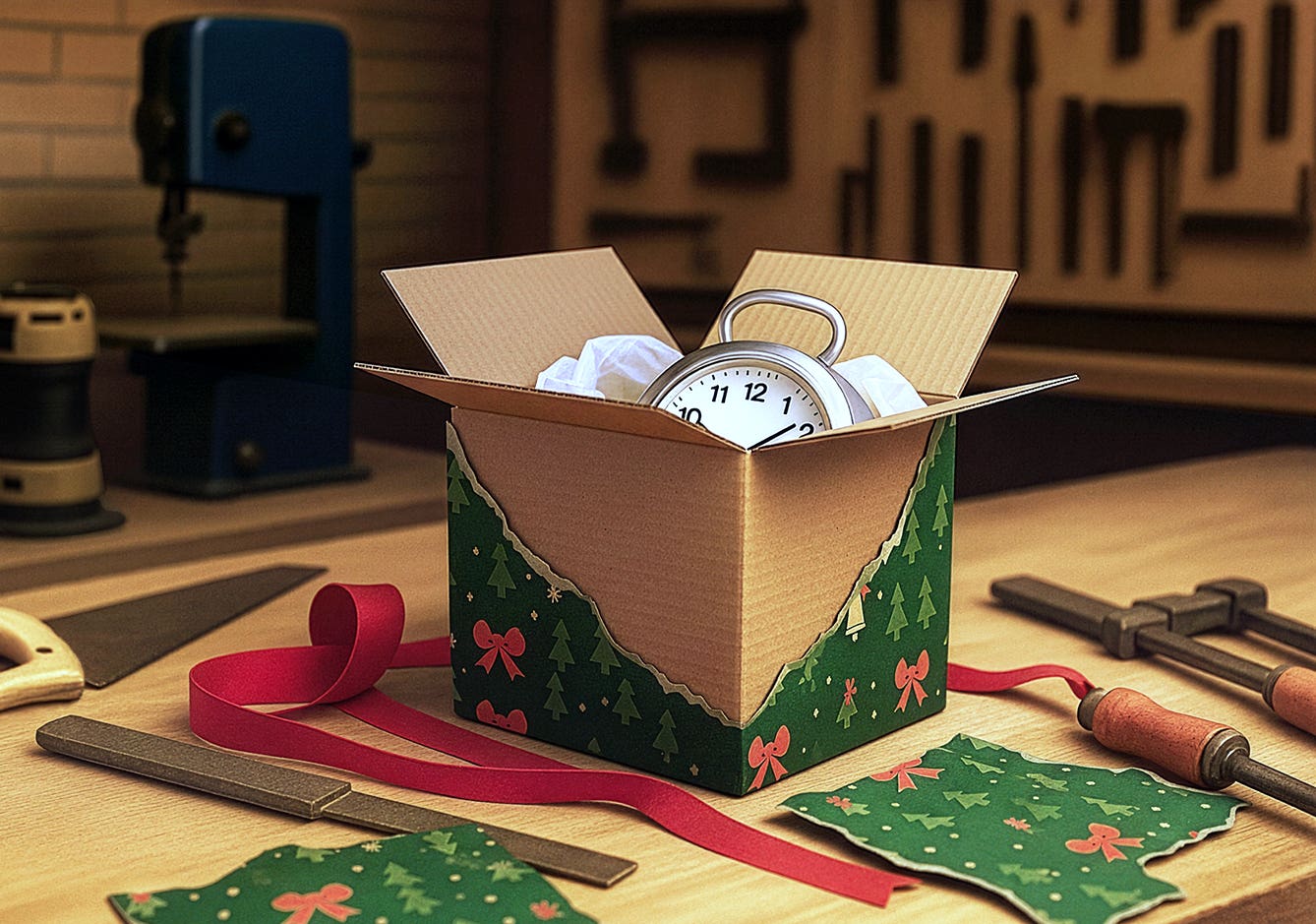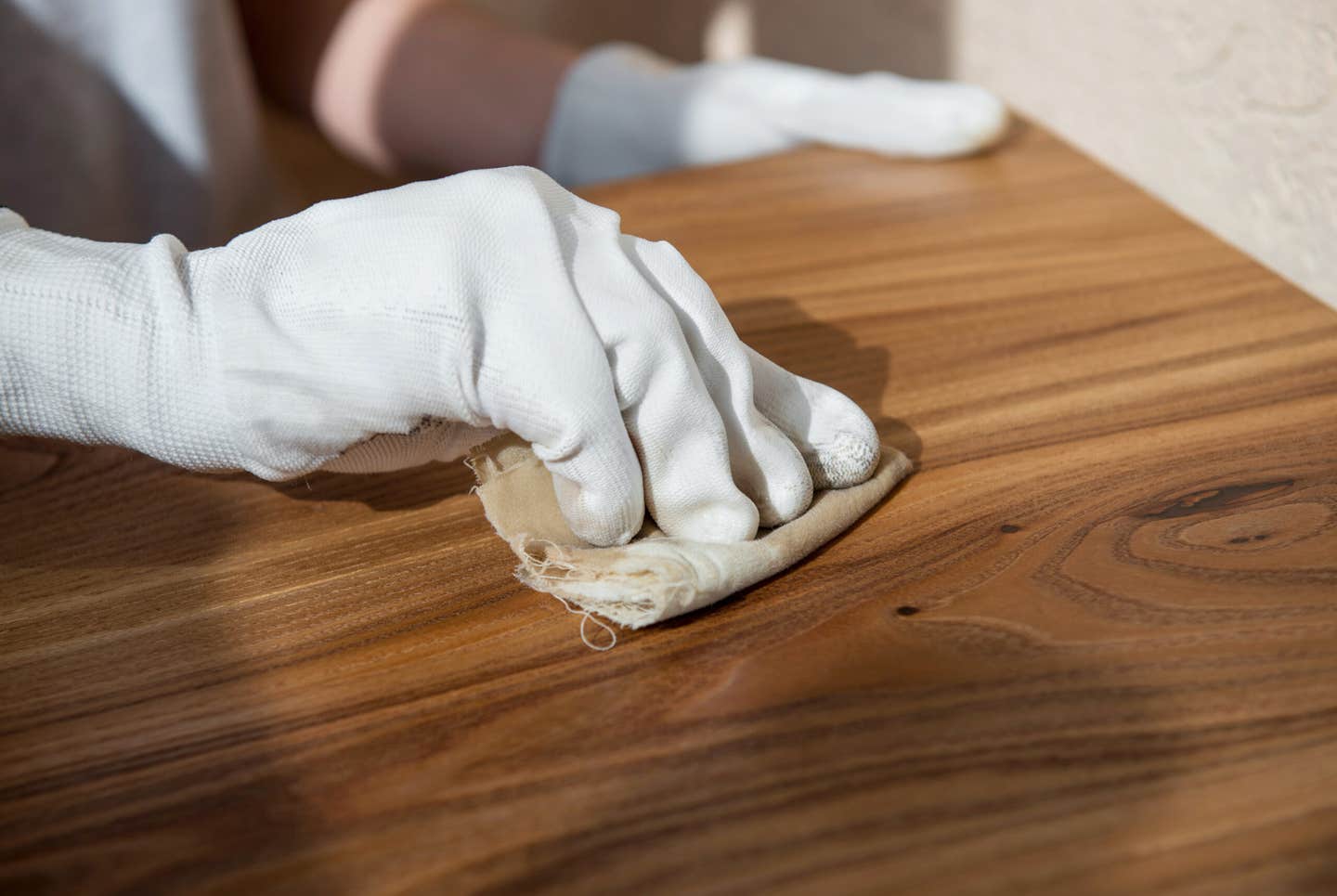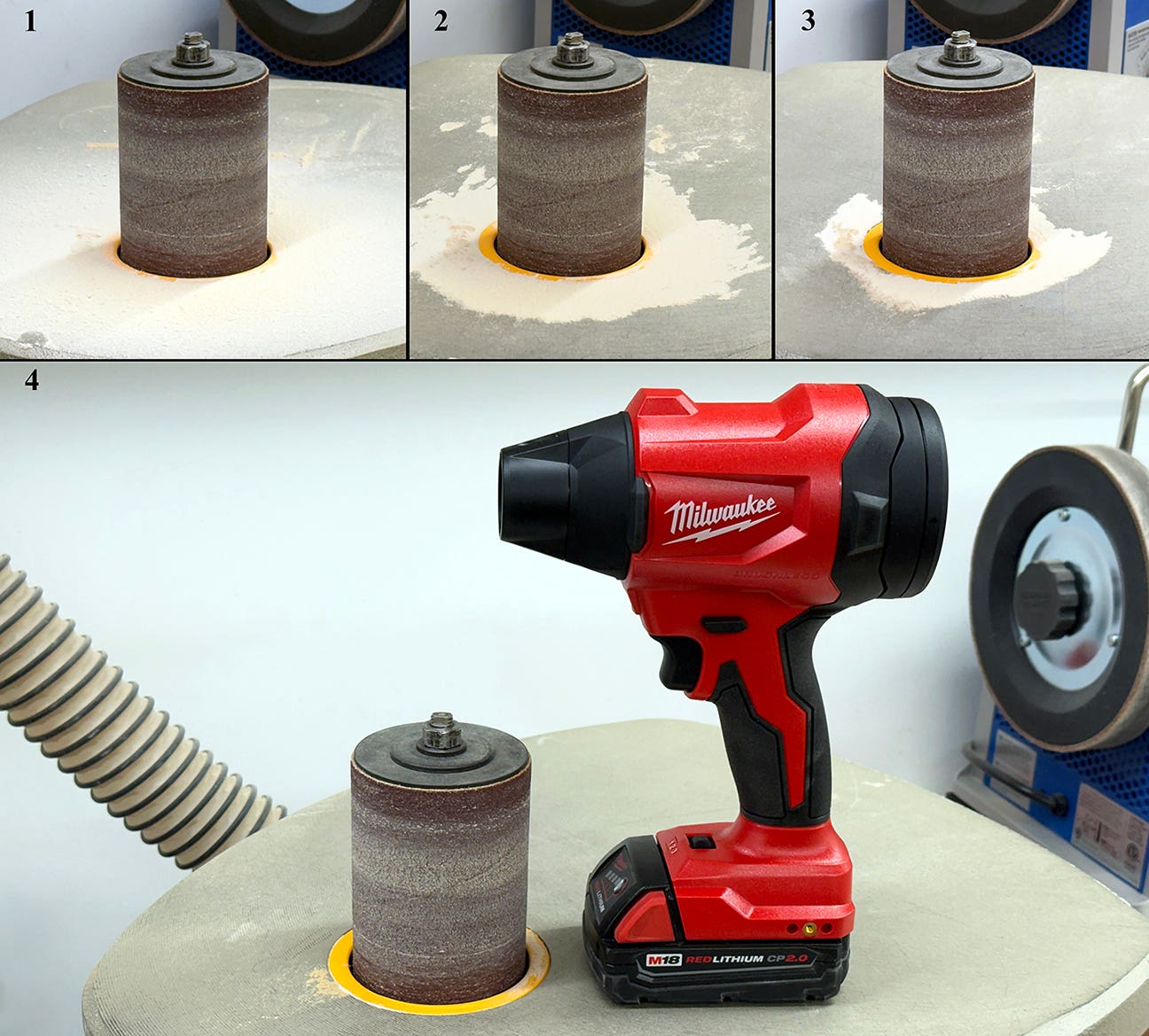This Luddite embraces the Internet age
I have been a traditional woodworker for more than 40 years. In my lectures, I have actually had hecklers ask me if I’m a Luddite. I have always responded with…
I have been a traditional woodworker for more than 40 years. In my lectures, I have actually had hecklers ask me if I’m a Luddite. I have always responded with a smile, “Of course! Is there a problem with that?”
I can point directly to my education as a reason for my choice of work. In high school, I was in honors physics and calculus and decided to enter the science fair by building a high-energy electron accelerator in my basement. My “atom smasher” took top prize and I had the choice to go to the national science fair that summer. But I decided instead to ride a bicycle around Europe and visit museums. When I was accepted as one of the first classes at the University of California at San Diego, I continued to pursue the field of physics at a high level, working for a year at Brookhaven National Labs in New York during my junior year, before graduating with a degree in applied physics.
As you can see, I was not exactly trained to be a furniture maker, although I opened a furniture restoration business to support myself while I was in college and I learned the trade by reading the tool marks of dead masters.
An easy choice
I clearly remember the day, in 1973, when I was called into the personnel office at Maxwell Labs, where I was making $10,000 a year working as a physicist, and given an ultimatum: I needed to choose between my career in physics and my hobby in antiques. I walked out the door and never looked back. After so many years in technology, I decided to focus my life on pre-industrial methods and research. No power tools, no modern methods, no modern materials.
Fast forward to the emerging computer age of the 1990s, when I began to think about using the new format for communication. I hired a kid to construct a website, which was his first effort at this type of work. He knew the code and I knew the content. I told him that it had to contain information that would be valuable to the visitor. It had to have a format where there was always a photo on the page, along with content, so that people could be entertained by looking at pictures while learning. The page had to have a vertical format where the next picture is partially shown at the bottom so people would want to scroll down.
I filled it with content, posted it and then spent several months contacting other sites with similar interests, asking each to link to my site. Since I offered information that was valuable, most of the contacts responded. My site quickly reached the first page of a Google search. I still get compliments on my original website, even though it has not been updated in nearly 20 years. That kid is a very successful web designer today.
The website has been my greatest promotional tool. For example, while writing this column, I received a new customer from New York, who said he found me on the Internet and admired my work. Before the website, I only had business cards and a portfolio that I had to present to clients face-to-face. Now I just mention my site and they can review my credentials at their leisure.
A blog is born
Last year I had the urge to update my site. It was like moving from one house to another. What do you keep and what do you throw away? I couldn’t decide. I called the kid for a consultation and he had radical new ideas for the new site, which bothered me, so I gave up.
That is when I decided to start my blog.
There are many reasons to write a blog. Some of them are obviously personal, like recording the activities of your life. Some are professional, like promoting your business or career. My blog is a mixture of both, since all my personal activities seem to be a direct extension of my business. I can’t decide if I have been retired for the last 40 years or working at my hobby.
As a senior member of the baby boomer generation, I grew up with television. We imagined that this new form of communication would be used for positive, educational purposes and change society for the better. Clearly, the content of TV today is not educational in nature. Just look at the number of “reality” shows compared to the number of factual shows.
I am more optimistic about the Web. I think that it might be possible to use the Web to raise our collective intellect. We can do this by adding factual content and linking together with like-minded people around the world.
Using that philosophy, I started to write about my activities on a regular basis, as if I were teaching a class. As a teacher, you need to present the information in a way that is attractive and relevant to the student. I often start out a post with a statement that seems to be in a completely different direction than the topic I intend to discuss. This is intentional and you might note that the format of this column is no different. Once you have the reader’s interest, you can direct them back to the primary subject of the column/blog/class in a way that is surprising and, hopefully, entertaining.
For students of literature, I guess you can call this the “O’Henry” format for blogs.
In any event, my blog has attracted 20,000 readers from across the globe. I am amazed when I realize how many individuals actually take the time to visit and comment on my virtual life.
My fan base
I can see a difference in the types of visitors. The website seems to attract actual customers who seek out my skills for work they can’t find elsewhere. The blog seems to attract other craftsmen and artisans who share my passion for the work and want to share their experiences for mutual benefit.
Lately I have been investigating both Facebook and LinkedIn for additional avenues of exposure. There is quite a difference in the two, in my opinion, for advancing my agenda. Facebook seems to be such a personal format that, although it is interesting to know where my “friends” are at any instant and what they are doing, there is not much depth of information exchange or opportunity for business promotion. LinkedIn, on the other hand, is much more professional in the sense that you are part of a community of like-minded professional individuals.
As I am now learning about these two different social networks, I realize the best opportunity to connect in Facebook is by creating a special page for your professional interest. In LinkedIn, the best way to promote your activities and exchange information is by joining a group and linking to other members who share your passion.
This is an exciting time to be a Luddite, hermit or traditional furniture maker with a computer.
W. Patrick Edwards is the owner of Antique Refinishers Inc. and the American School of French Marquetry Inc. in San Diego. His blog can be read at www.wpatrickedwards.com.
This article originally appeared in the Juyl 2011 issue.







